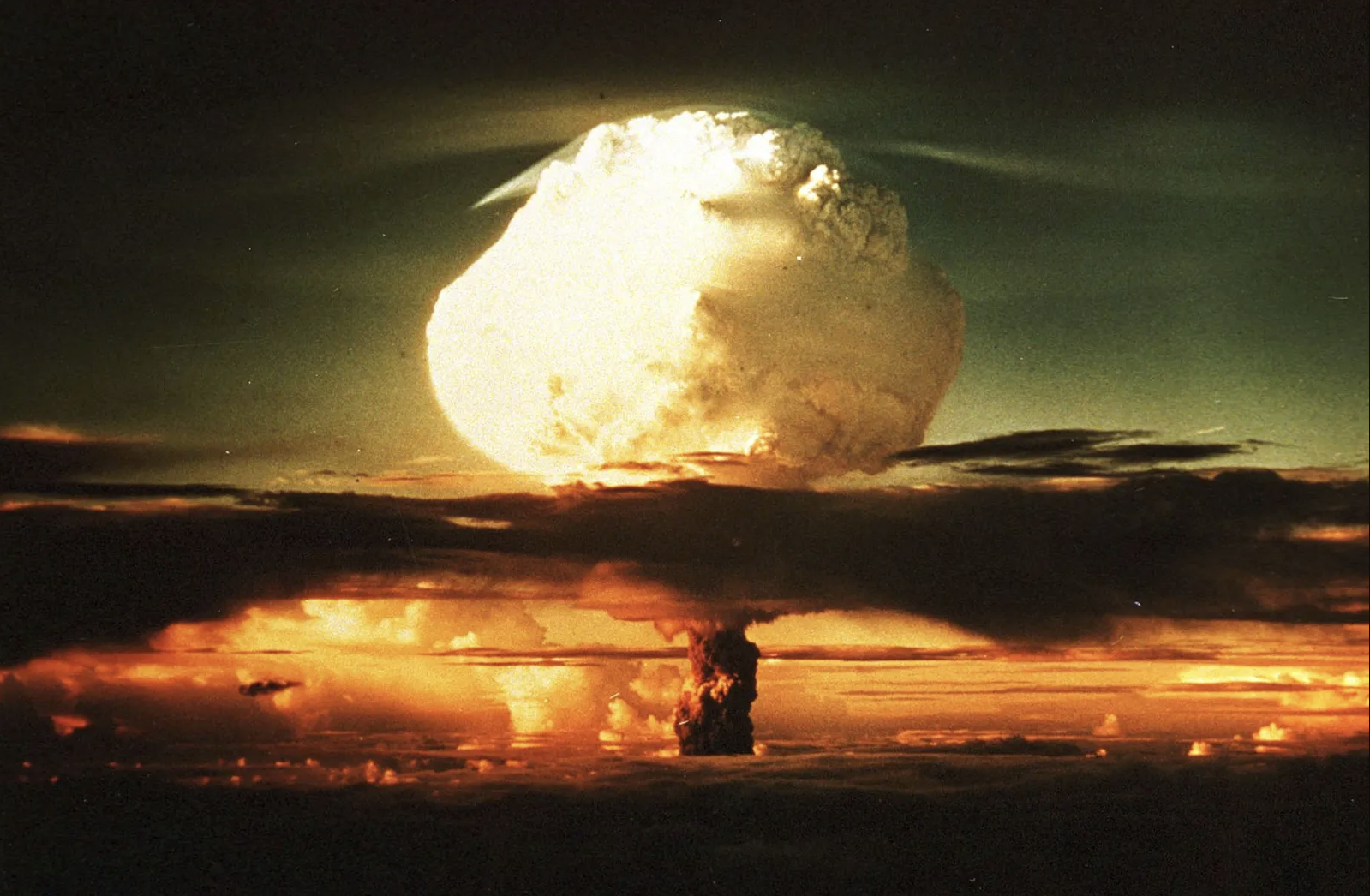With Oppenheimer about to blow up, we thought we’d dive into the world of bombs. Specifically, box office bombs. In the world of cinema, box office success is the ultimate indicator of a film’s popularity and financial viability. However, the film industry is no stranger to colossal failures that leave studios and investors counting their losses. These infamous failures, known as box office bombs, have marred the reputations of filmmakers and actors alike, reminding us of the unpredictable nature of the movie business. In this article, we explore some of the biggest box office bombs in film history. We’ve created a watchlist of these films (and a few more bombs) to check out if you’re so inclined here.
- “Heaven’s Gate” (1980)
“Heaven’s Gate,” directed by Michael Cimino, is perhaps the most notorious box office bomb in cinematic history. This epic Western film, featuring an all-star cast, had a budget that ballooned to an unprecedented $44 million, making it the most expensive film of its time. Upon its release, the movie received scathing reviews from critics and failed to attract audiences. It only managed to recoup a fraction of its budget, causing massive financial losses for the studio and effectively ending Cimino’s career as a Hollywood director.
- “Cutthroat Island” (1995)
Regarded as one of the most significant financial failures in cinema, “Cutthroat Island” was a pirate adventure film starring Geena Davis and Matthew Modine. The movie had a jaw-dropping production budget of $98 million, an astronomical figure for its time. However, poor marketing, negative word-of-mouth, and lackluster storytelling led to its disastrous box office performance, earning only a paltry $10 million in the US.
- “John Carter” (2012)
Based on Edgar Rice Burroughs’ classic novel “A Princess of Mars,” “John Carter” was an ambitious science fiction adventure film directed by Andrew Stanton. Despite having a substantial budget of around $250 million, the movie faced numerous production challenges and suffered from unclear marketing strategies. The lack of audience interest resulted in a global box office gross of just under $300 million, leaving the studio with substantial losses.
- “The Lone Ranger” (2013)
Disney’s attempt to revive the iconic Western character, “The Lone Ranger,” proved to be a costly mistake. With a budget exceeding $200 million and a troubled production, the film struggled to resonate with modern audiences. Despite having Johnny Depp in a prominent role as Tonto, the movie failed to break even, with global box office earnings falling well short of expectations.
- “Mars Needs Moms” (2011)
An animated science fiction film from Disney, “Mars Needs Moms” had an impressive production budget of $150 million, mainly due to its use of motion-capture technology. However, the movie failed to captivate audiences, resulting in a lackluster box office performance, grossing around $40 million worldwide. The film’s high production and marketing costs left Disney with significant financial losses.
The film industry’s history is riddled with examples of ambitious projects that failed to meet expectations, resulting in catastrophic box office bombs. The unpredictability of audience taste, coupled with the enormous financial risks involved in filmmaking, can lead even the most promising productions to falter. As evidenced by these infamous failures, the key to success at the box office lies in a combination of compelling storytelling, effective marketing, and a connection with the audience’s interests and desires. While box office bombs may serve as cautionary tales, they also remind us of the ever-evolving nature of cinema and the importance of adaptability and innovation in the pursuit of success.
